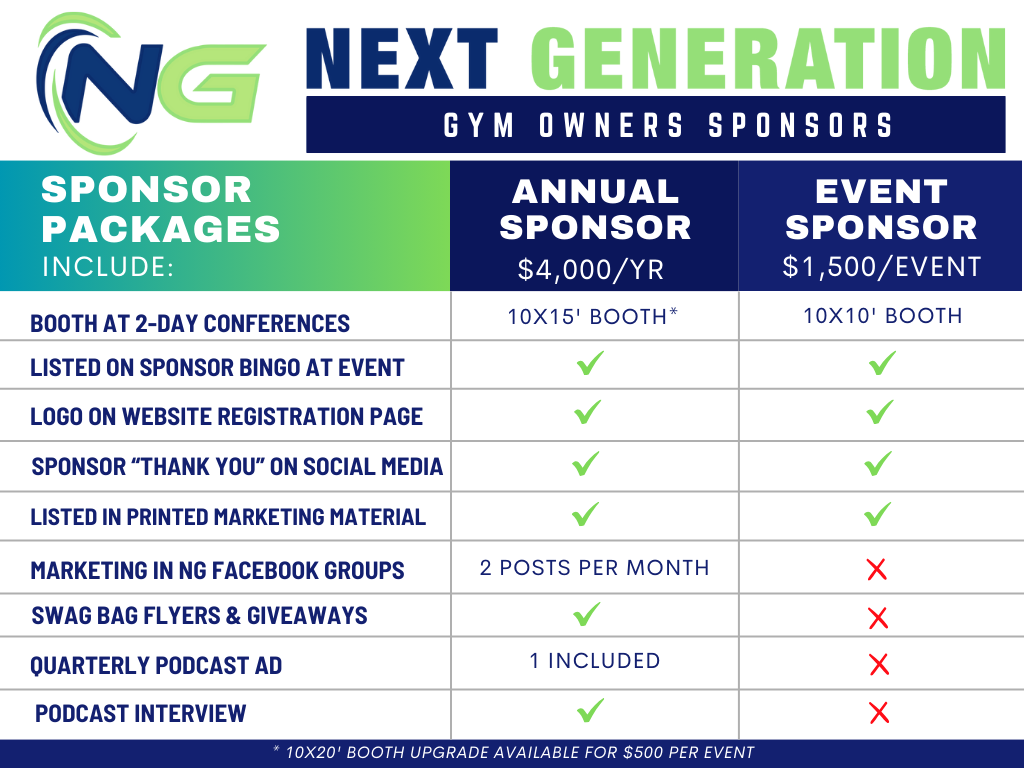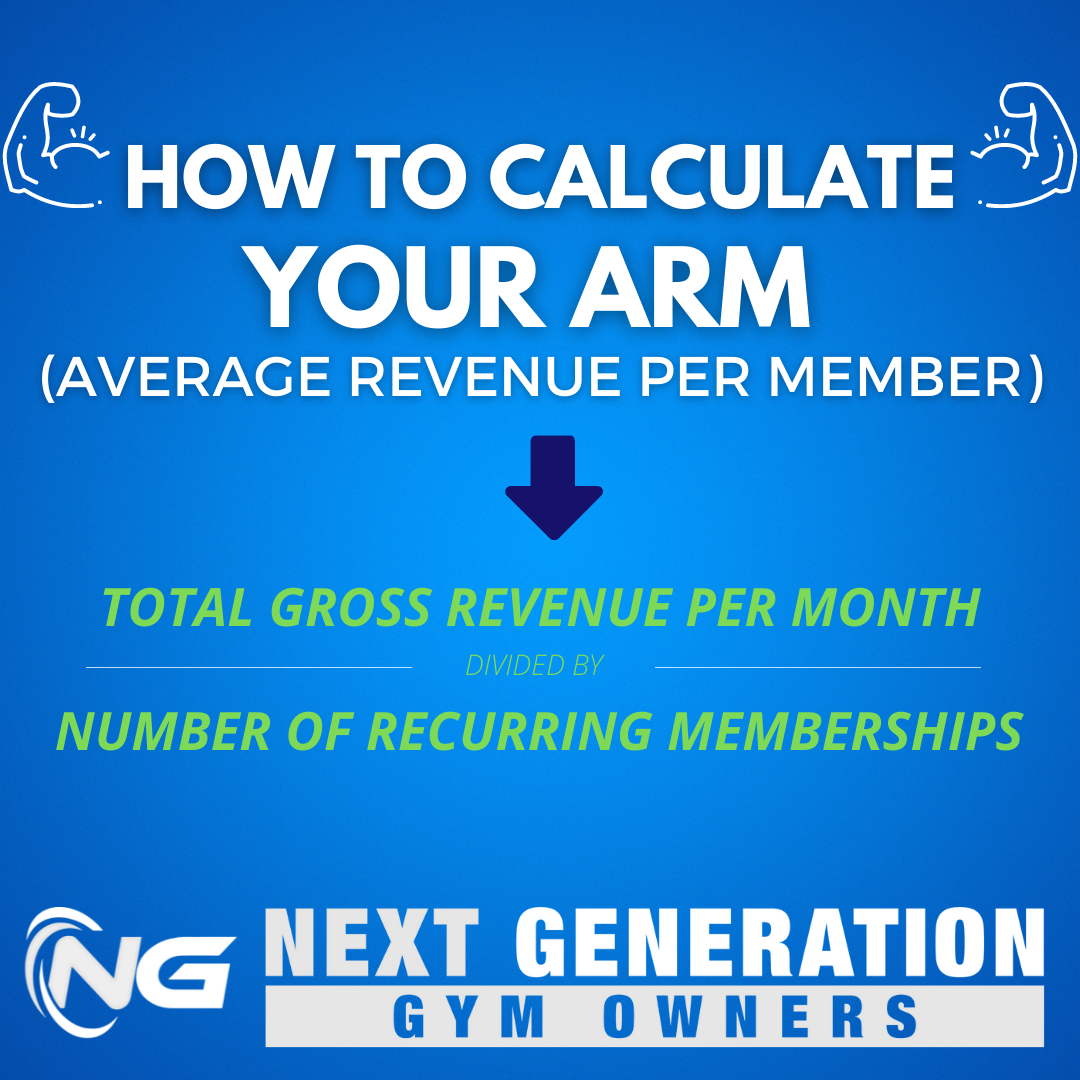Every year Justin and I sit down and write out some personal and professional goals for ourselves. They’re usually vastly different from one another because…well, if you’ve met Justin, you know. Here are a few examples of our previous goals:
Justin: Buy a powered paraglider.
Danielle: Learn how to bake bread.
Justin: Buy 22 rentals.
Danielle: Start a garden.
Our kids typically set some goals as well. A few years ago, Meghan set a goal to get her full. When COVID hit, most kids were stuck on air mats. Meghan had the gym to herself and killed her goal.
I learn so much from business books. In fact, I’d attribute a ton of the success in our gym and other businesses to the knowledge I’ve gained from the books I’ve read. So last year when I heard about CEOs of major corporations reading 60-100 books a year, I felt like I needed to increase my own goals. I set my goal of 24 books for the year. Most would be business books, though I also find personal value in faith-based and leadership books as well, so I planned a few of those in addition.
I stayed on track most of the year. I knew I’d need to get through about two books per month, though in the summer, I tend to read far more as I lay by my pool or even in the pool – White Claw in one hand, business book in the other.
In September, I boarded a plane for a conference in Charlotte. I had two books with me, neither of which I had started yet. I had finished the first chapter by the time the plane had finished boarding. I proceeded to read the entire book on the flight.
When we landed, Justin asked me how it was. (It was OK, but nothing special.) He then asked me a few questions about the book and I realized I didn’t remember any of the major points. I was speed-reading without fully understanding the point of each chapter. In fact, the whole basis of the book was to teach three main principles and I could only name two of them within minutes of finishing the book.
It was at that moment that I realized I needed to abandon my goal. As I looked back through my list of the books I had read in 2022, I realized only a few books had made any impact at all on me.
You see, my goal really wasn’t to read 24 business books. That’s the action for which I was holding myself accountable. The actual goal was to learn more about business.
With that as the true goal, I realized the action I had set forth wasn’t working for me. I wasn’t retaining the information, so even if I finished 24 books for the year, I would not meet my true goal.
There are times in business and in life when we abandon our goals out of pure laziness and procrastination. There are other times we refuse to abandon them when that’s exactly what we should have done all along.
We’re too focused on the action and not focused enough on the outcome. Maybe your goal is to get 100 kids in the gym this year? I’d ask you why.
Is it so you can say you have 500 kids in your gym? That’s impressive…until you meet someone with 1,300 kids in their gym. There is always someone bigger out there.
Is it so you can give yourself a paycheck FINALLY? You don’t need 100 more kids. You need the revenue equivalence of 100 more kids. That’s a financial goal.
Is it so you can justify hiring an all star director? Maybe that’s the wrong position for your gym.
Don’t just set goals because they sound good. Set them because you want to see a new outcome for yourself. My goal of 24 books in a year sounded good. The outcome didn’t match the action.
So as you set your goals this year, really consider what the outcome should look like. You might need to try five or six different methods to reach that outcome. Don’t make the action the goal – focus on the outcome of your anticipated actions.
Here is an example:
Goal: Grow my all star program so I have an appropriate level for all of my athletes. (So a level 3 kid isn’t on a level 1 team just because I don’t have the right age/level for the athlete.)
Action steps:
- Do a mid-season evaluation of each athlete so the athlete and their parents know where they’re at. Set new goals at the evaluation.
- Start a half-year program and focus on recreational sessions so we can grow younger, lower-level teams to prevent this in future years.
- Start hosting monthly tumbling clinics where athletes can focus on leveling up their tumbling. Personally invite athletes who have the potential to move up.
- Be very, very honest with athletes on what it will take the following year to level up. (Don’t wait until May have those tough conversations. Have them now so they can start working toward the goals you set.)
I hope this helps you as you move forward in setting and achieving your 2023 goals. We’re about to leave for the airport and head out to Vegas for the NG Conference. There, we’ll celebrate some gym owners who met and exceeded their 2022 goals as well as help educate owners who aren’t quite sure what goals to set or how to meet them.
I can’t wait to see everyone!











